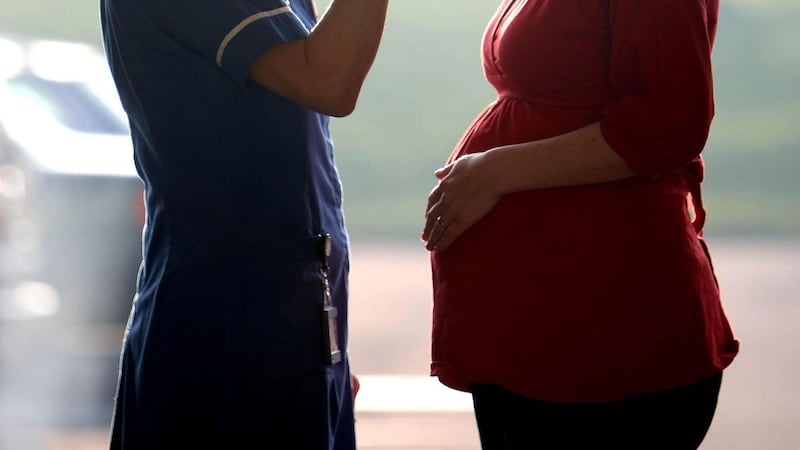Heavy workloads, staffing pressures and inadequate pay for lecturers are creating “unprecedented” challenges when it comes to educating the next generation of midwives, according to a new report.
The Royal College of Midwives (RCM) warned that a lack of “substantial and sustained investment” in higher education could “severely” undermine efforts to recruit and train new midwife educators.
Its State of Midwifery Education report said the majority of those working in midwifery education are midwives, with other healthcare professionals representing 10% of the workforce.
It claims there has been a drop in senior lecturers, with fewer registered midwives in professor, research and fellow roles.
Using data obtained by a Freedom of Information (FoI) request, the RCM said the average number of midwifery students per university was 205 in 2022/23, up from 122 in 2011/12, although the amount dropping out with no qualification increased to 14.9 from nine.
Some 58 new full-time equivalent midwifery educators joined universities in 2022/23, while 18 left.
However, the report claimed the number of lecturer vacancies has gone from 0.5 per university in 2016/17 to one per university in 2022/23, which it said suggests “a challenge in recruitment”.
RCM chief executive Gill Walton said: “It’s clear that midwifery education in 2023 is facing unprecedented challenges.
“Senior midwifery educators are leaving the profession in droves, taking their valuable experience with them. Overworked and underpaid, they simply don’t see being an educator as a viable career option.
“We all support the goal of growing the midwifery workforce, but if there is no-one to educate this next generation of midwives the plan won’t work.”
According to the report, the average starting pay spine for a midwifery lecturer is £34,308, while a band six midwife would start on £35,392.
It said: “The more experienced the clinical midwife, the more the disparity increases, meaning many skilled practitioners do not consider the pathway as a viable career option.
“Some lecturers are returning to practice as they are likely to earn a higher salary in the NHS than in higher education.”
Ms Walton added that “pay in higher education is clearly an issue”.
“We need to address the huge disparity between pay for senior midwives in the NHS and those in higher education,” she said.
The RCM is calling for universities to offer higher salaries and better professional development to those educating midwives, with a cap on staff to student ratios to ensure teachers can provide adequate support to students.
It is also calling for the Nursing and Midwifery Council (NMC) to make supporting and supervising midwifery students a part of midwifery re-validation, the process when professionals renew their licence with the organisation.
There is currently no recommended staff to student ratio for midwifery education by the NMC.
Ms Walton said: “Students clearly need support. There are simply not getting the time they need with educators.
“We’ve called for a mandatory student to staff ratio for midwifery degree courses, as happens for other disciplines such as physiotherapy. This will enable students to be better supported during their training to meet the high standards expected of them.
“Given the Government has said that they want to recruit more midwives as part of its long term NHS workforce plan, there needs to be action to help students complete their studies.
“As well as the investment in midwifery educators, this includes stronger mental health support for students, more readily available placement accommodation and financial aid for students.”



